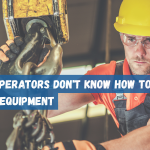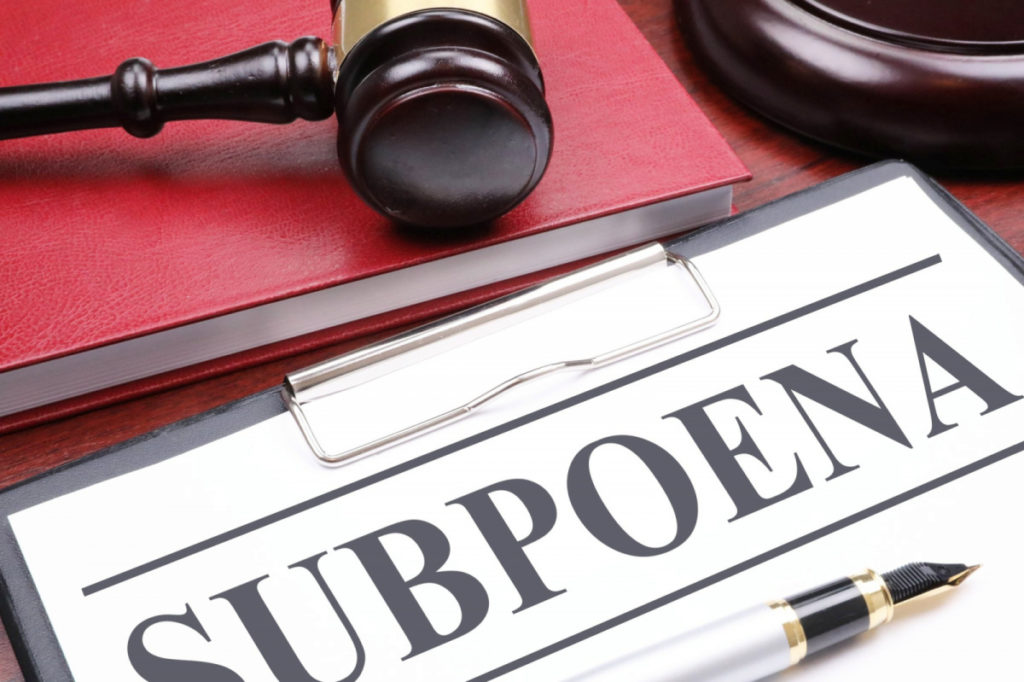Did you know that the global legal services market is anticipated to reach $1,375.64 billion by 2030? This shows the growing demand for efficient and standardized legal domestication process.
One such process involves domesticating subpoenas across jurisdictions. Legal teams use subpoena domestication when they need to enforce documents in another state. This process makes a subpoena from one state valid in another.
In this article, we explain the six steps in subpoena domestication. These steps help legal professionals follow the law and handle the process smoothly across state lines. Keep reading to discover each step.
Court Filing
The first step is to file a petition in the correct court. This starts the process of subpoena domestication. Choose the court based on where enforcement is needed.
Each court has its own filing rules. You must follow these rules closely. Missing a requirement can slow down the process.
You also need to submit certain documents. This includes the original subpoena. Some courts may ask for extra paperwork, too.
Notifying Other Parties
After you file the petition, you must notify all involved parties. This is a required part of the process. It ensures fairness and transparency.
You usually notify parties through formal service methods. These methods follow strict legal rules. They may include personal delivery or certified mail.
Proper notification gives everyone a chance to respond. It helps avoid legal disputes later. Always keep proof that you served the documents correctly.
Service of Process
Proper service plays a key role in making the subpoena enforceable. You must follow legal guidelines to complete this step correctly. Failing to do so can cause delays or even get the case dismissed.
Each state allows specific service methods. You may need to serve documents through personal delivery, certified mail, or an approved third party. Check the enforcement state’s rules before proceeding.
Be sure to document the service process. Record how and when you served the subpoena. You may need this proof in court later.
Jurisdiction Verification
The court reviews the case to confirm proper jurisdiction. It checks whether the subpoena follows local laws. This step helps prevent legal issues later.
Some states follow the Uniform Interstate Depositions and Discovery Act (UIDDA). If UIDDA applies, it simplifies the process. You must still follow the specific steps outlined by that state.
Make sure the subpoena meets all local and state requirements. Courts rely on these checks to approve enforcement. If you are looking for specific details, you can click for subpoena domestication in California, where the laws may have particular nuances to consider.
Hearing
In some cases, the court may schedule a hearing. This happens if the case is complex or if there is a dispute. Both parties can present their arguments during the hearing.
The court listens to each side carefully. It reviews the details and checks for legal compliance. This step ensures a fair and lawful process.
If everything is in order, the court issues an order. This order enforces the subpoena in the receiving state. Once issued, the subpoena becomes legally binding there.
Pursue Success With Legal Subpoena Domestication Process
Understanding the subpoena domestication process helps you enforce subpoenas across state lines. Knowing the steps, such as filing and service, makes the process easier. It also helps you avoid common legal mistakes.
Each state may have unique rules and challenges. A legal professional can guide you through the process. Getting help ensures everything is done correctly and on time.
Did you find this blog post helpful? If so, feel free to explore more of our blog!

Dilawar Mughal is an accomplished author with a passion for storytelling. His works span various genres, from thrilling mysteries to heartfelt romance novels. With a keen eye for detail and a knack for character development, Sana Fatima weaves engaging narratives that captivate readers and transport them to new worlds.










